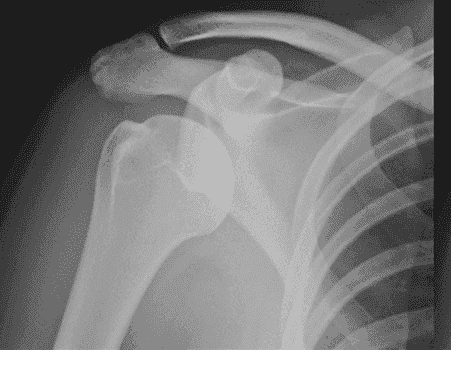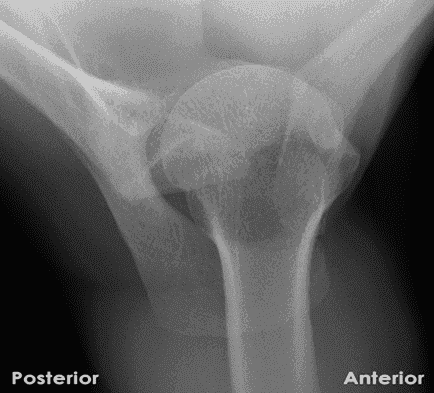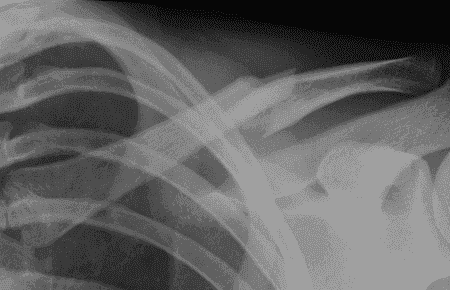The Dislocated Shoulder: Can You Ace This Orthopedic Oral Exam
What is the diagnosis for a left-hand dominant woman, aged 38, who fell on her right arm and went to the accident and emergency department the following day at 4 pm as the pain in her right shoulder had not subsided, shown by X-rays of her right shoulder (Figure 12.1a)?
Shoulder Dislocation and Greater Tuberosity Fracture Diagnosis and Management

Anterior shoulder dislocation - AP view
Humeral head and glenoid surfaces are not aligned The humeral head lies below the coracoid

Anterior shoulder dislocation - Y view
The humeral head lies anterior to the glenoid and inferior to the coracoid process

Anterior shoulder dislocation - Axial view
The humeral head surface is no longer aligned with the glenoid The humeral head lies anterior to the glenoid
Click here to see more

Anterior shoulder dislocation - AP view
Humeral head and glenoid surfaces are not aligned
The humeral head lies below the coracoid

Anterior shoulder dislocation - Y view
The humeral head lies anterior to the glenoid and inferior to the coracoid process

Anterior shoulder dislocation - Axial view
The humeral head surface is no longer aligned with the glenoid The humeral head lies anterior to the glenoid






